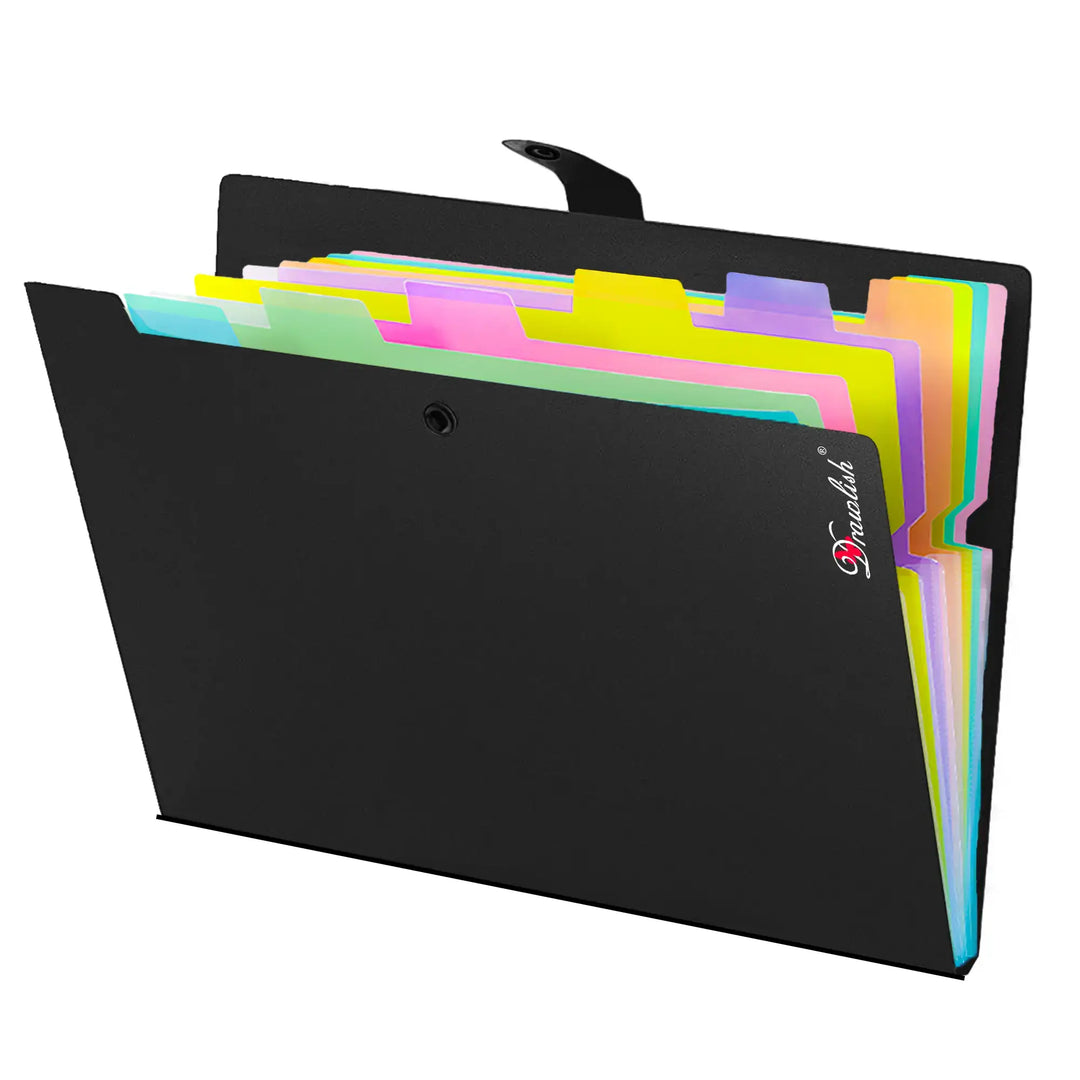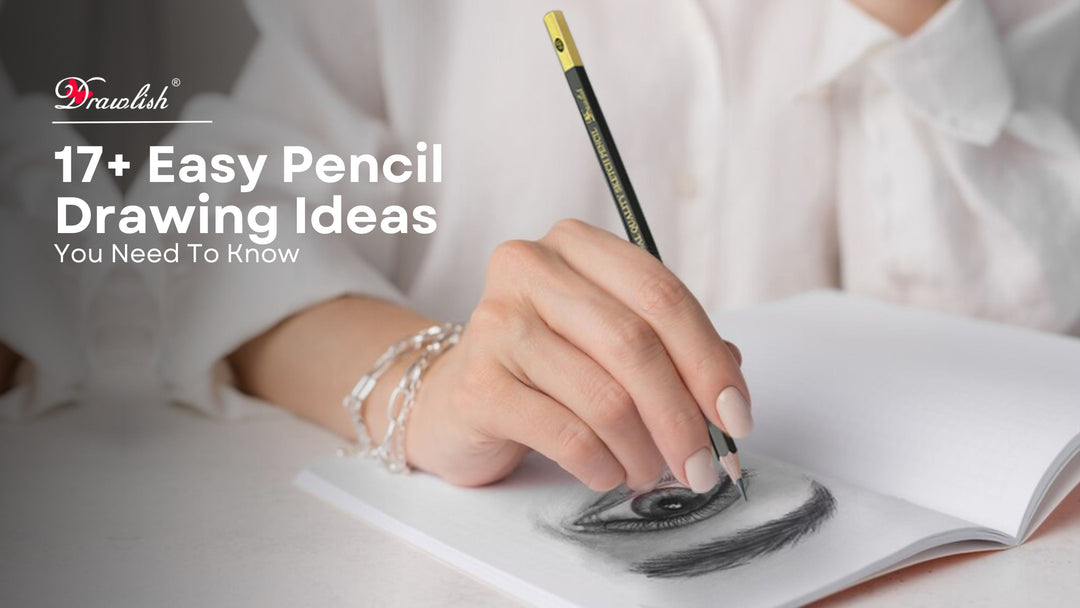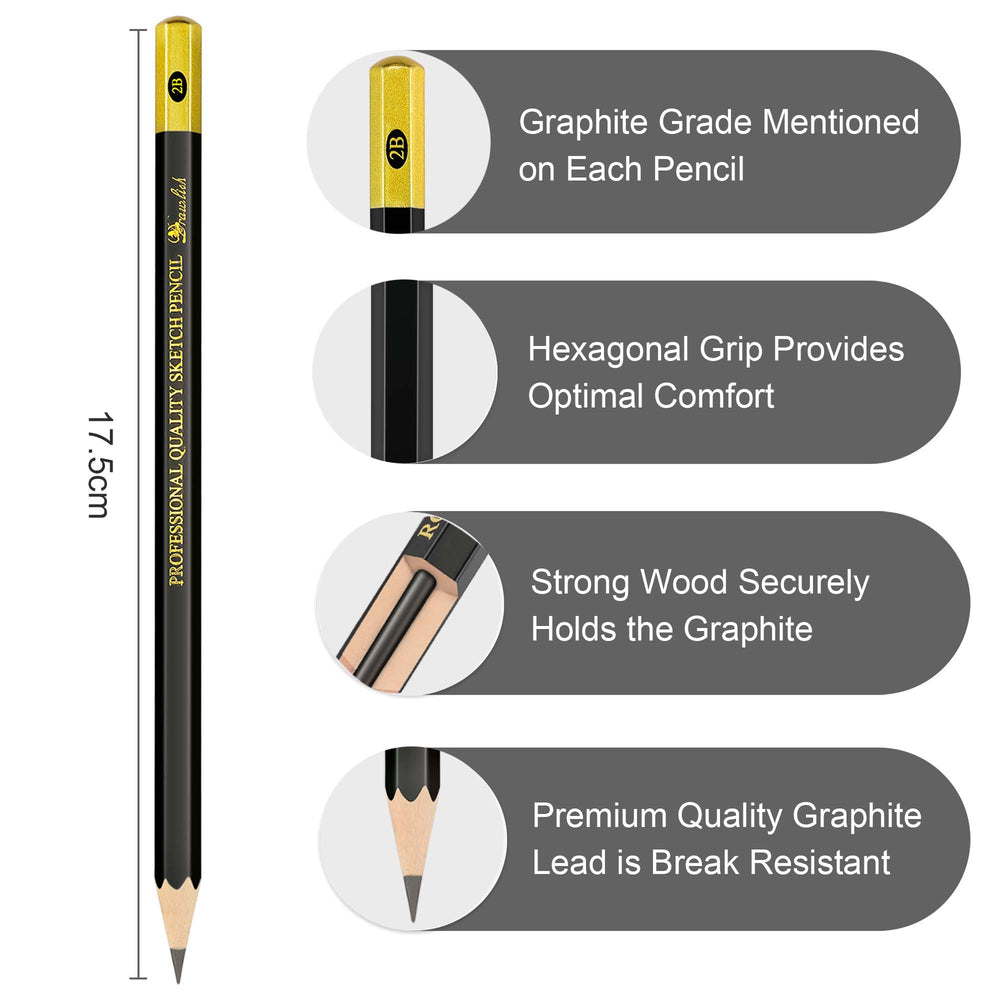Acrylic vs Gouache Paint: Which One Is Best For You?
When it comes to choosing the right paint for your artistic endeavors, acrylics and gouache are two popular options that each offer unique qualities. Both mediums have their distinct characteristics, benefits, and ideal applications. In this blog, we'll dive into the differences between acrylic and gouache paint, exploring their features, advantages, and best uses to help you determine which one is best for your next project.

Understanding Acrylic and Gouache Paint: An Overview
| Acrylic Paint | Gouache Paint |
| Acrylic paint is a water-based medium made from pigment suspended in an acrylic polymer emulsion. It’s known for its versatility and can be used on a variety of surfaces, including canvas, wood, paper, and more. Acrylics are popular among artists for their fast drying time, vibrant colors, and durability. | Gouache is a water-based paint that combines pigment with a binder and chalk or another white pigment. It is known for its opaque, matte finish and its ability to produce vibrant, solid colors. Gouache is often favored for illustration, design work, and its unique painting properties. |

Acrylic vs Gouache Paint: Pros and Cons
| Feature | Acrylic Paint | Gouache Paint |
| Drying Time | Pros: Dries quickly (15-30 minutes), allowing for fast layering and rapid progress. | Pros: Dries relatively quickly but remains workable for longer, facilitating blending and adjustments. |
| Cons: Quick drying can be challenging for blending and working with wet paint. | Cons: Longer working time can be less ideal for artists who prefer rapid execution. | |
| Opacity | Pros: Can be used opaquely or transparently, depending on water and medium. | Pros: Naturally opaque, providing solid coverage and vibrant colors. |
| Cons: Transparency requires additional techniques or mediums. | Cons: Opaque nature might not be suitable for techniques requiring transparency. | |
| Finish | Pros: Offers a range of finishes from matte to glossy. | Pros: Dries to a matte, non-reflective finish ideal for flat color applications. |
| Cons: Achieving a specific finish may require additional mediums or varnishes. | Cons: Lack of gloss may not be suitable for projects requiring a shiny or reflective surface. | |
| Versatility | Pros: Can be used on various surfaces (canvas, wood, metal, etc.) and for mixed media. | Pros: Ideal for paper-based surfaces and detailed work, can be used with other media. |
| Cons: Certain surfaces may require special preparation or priming. | Cons: Best suited for paper, with less versatility on other surfaces. | |
| Durability | Pros: Durable and water-resistant when dry, suitable for outdoor and long-lasting projects. | Pros: Suitable for studio work but less durable for long-term exposure. |
| Cons: Can be affected by environmental conditions if not properly sealed. | Cons: Less durable and may not withstand exposure to light and moisture as well as acrylics. | |
| Cleaning | Pros: Water-soluble while wet, easy to clean with soap and water. | Pros: Water-soluble while wet, making cleanup straightforward. |
| Cons: Requires solvents for removal once dry. | Cons: Can be difficult to remove from surfaces once dried. | |
| Color Blending | Pros: Allows for smooth blending and layering with quick-drying properties. | Pros: Provides good blending and modification during the painting process. |
| Cons: Fast drying can hinder extended blending time. | Cons: Extended working time can be less suitable for artists who prefer rapid execution. |

Best Uses for Acrylic and Gouache Paint
| Acrylic Paint | Gouache Paint | ||
| Versatile Surfaces | Acrylics adhere well to a variety of surfaces, including canvas, wood, metal, and more. They’re great for mixed media projects and can be used for everything from fine art to craft projects. | Illustration and Design | The opaque and matte finish of gouache makes it a popular choice for illustrations, graphic design, and detailed work. It’s great for producing vibrant, flat colors and fine details. |
| Layering and Texture | The fast-drying nature of acrylics allows artists to build up layers and create texture. This makes them ideal for techniques like impasto or collage. | Layering Techniques | Gouache can be layered to build up texture and detail. It allows for corrections and modifications during the painting process, making it suitable for projects that require precision and detail. |
| Outdoor and Durability | Acrylic paints are durable and can withstand exposure to light and moisture, making them suitable for outdoor projects and long-lasting artwork. | Paper and Mixed Media | Gouache is best used on paper or paper-based surfaces. While it can be applied to other surfaces, it performs best on paper and can be combined with other media for creative effects. |

Which Paint is Best for You?
Choosing between acrylic and gouache paint depends largely on your artistic needs and preferences:
| Choose Acrylic Paint If | Choose Gouache Paint If |
| You need a versatile medium that works on various surfaces, dries quickly, and provides a durable finish. Acrylics are ideal for mixed media, outdoor projects, and artists who enjoy experimenting with texture and layering. | You prefer a matte finish, are working primarily on paper, and need a medium that allows for detailed work and easy corrections. Gouache is perfect for illustration, design work, and projects where vibrant, opaque color is essential. |

Remember, there’s no one-size-fits-all answer. Consider your artistic style, preferences, and project requirements. Drawlish Acrylic Paint adds a valuable option in the acrylic category with its smooth application, vibrant colors, and flexible finishes. Whether you choose gouache, or Drawlish Acrylic Paint, understanding their characteristics will help you achieve the best results in your creative projects, so embrace the one that resonates with your creative spirit.







Leave a comment